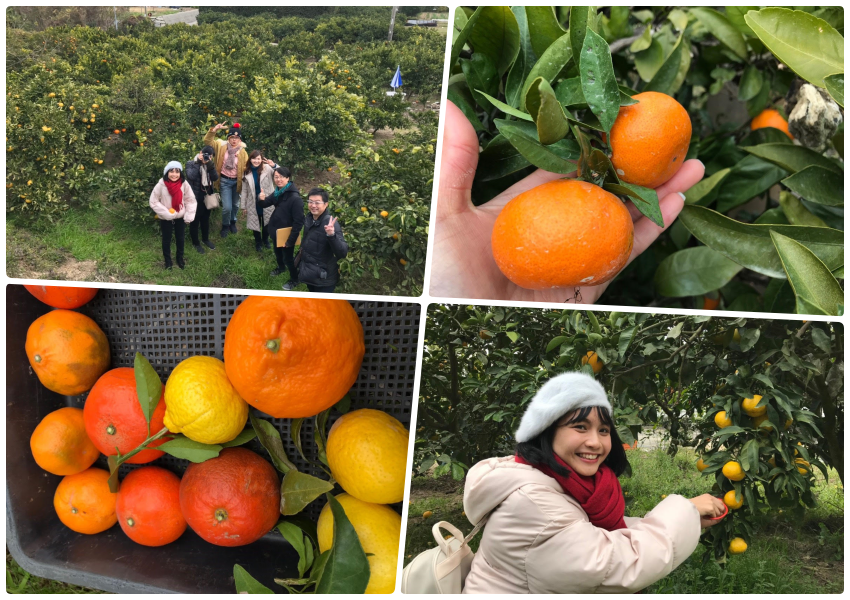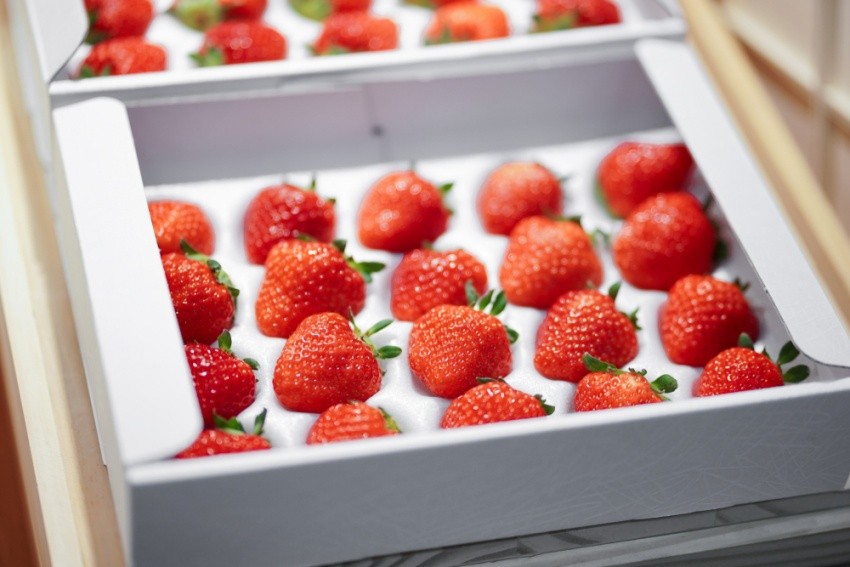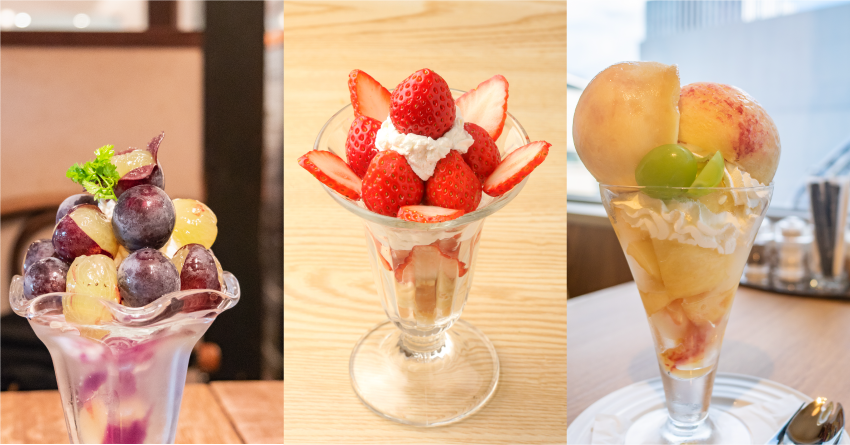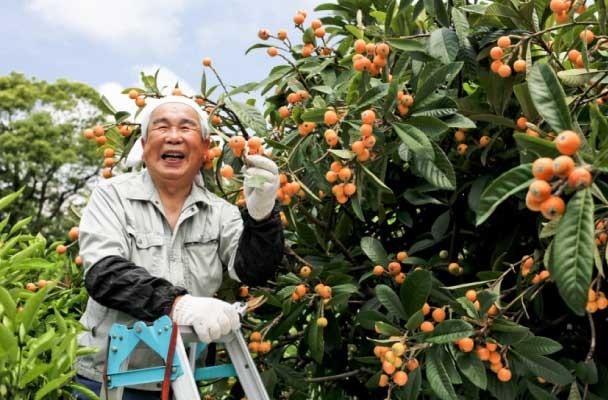
Recently, Japanese fruits like apples and pears have increasingly been sold at stores in Malaysia. However, the price is about three to five times higher than other domestically grown fruit. It also seems to be the case that they are extremely fragile compared to fruit from other countries. Why are they expensive, yet, go rotten so quickly? That is hard to understand, right? Well, the fact is, Japanese farmers purposely make it the case. What?! you ask. Well, they use their long years of experience in fruit cultivation and all sort of techniques to pinpoint and adjust the timing for the fruits to be at their most delicious at the time when the consumers enjoy them. That expertise explains the price. We will tell you the differences between Japanese fruit and others, and the reason for that in this article.

Fruit can be eaten right after picking, without washing!? Yes, Japanese fruit is good to enjoy even freshly picked!
One of the great pleasures of life in Japan is to taste the different seasonal fruit throughout the year. Strawberries in spring, peaches and cherries in early summer, grapes and apples in autumn, and oranges in winter. Most of them can only be harvested once a year. Furthermore, there is no need to wash freshly picked Japanese fruit and vegetables before eating them because they are produced safely according to strict regulations. As a result, there are many farms that welcome visitors including children to find, pick and eat fruit on the spot.

This novel way of enjoying fruit was born in Japan, maybe because of the Japanese attitude towards making fruit safe, delicious, and fresh without any need for processing.
Since the production and distribution system in Japan is set up to produce fresh fruit for consumers, there is almost no harvesting of unripe fruit for long-term preservation. That means that when you want to buy Japanese fruit in your own country, it is best to buy them as soon as they appear on the shelves and eat them without keeping too long.
You may not have noticed, but fruit picking in Japan is gaining popularity among foreign tourists, especially those from Southeast Asia. The biggest reason is the incredible taste. Nearly all fruit is harvested and distributed in near-ripe condition, so you seldom come across immature fruit here. The fruit eaten at the farms in Japan are all particularly delicious. Why? That is because the farmers are trying their best to achieve absolute ripeness and flavor.

Four reason why Japanese fruit is so tasty!
Japan is one of the world’s most technologically advanced countries in many fields. Unlike Malaysia’s relatively stable climate throughout the year, Japan’s weather changes dramatically in the course of the four seasons. So, it takes time and effort to grow fruit here. For example, farmers in Japan grow fresh fruit using the following methods.
- Different vinyl houses are built according to the crops, to ensure the temperature remains within a certain range. Insect repellent nets are used too to keep pests at bay.
- The weather forecast is checked daily in order to plan and decide how to adjust the vinyl canopies etc. depending on the season, such as heavy rain or strong wind.
- The vinyl must be replaced periodically, because if it gets dirty, the fruit will get less sunlight.
- Individual fruits are slightly turned regularly by hand to ensure even exposure to the sunlight all over the fruit. Farmers work hard to bring out the sweetness.
Japanese technology is advanced, but the sincere attitude of the Japanese farmer is the most important element here. Thanks to the farmer, Japanese fruit is some of the best tasting in the world!

For the Japanese, fruit are like gems! The Japanese are just unbelievable!
In Malaysia, you’ll probably never see a strawberry treated like a gem, wrapped and neatly arranged one by one! And the shape of the strawberry is so perfect that you can hardly tell if it is a fake or real! In fact, in Japan, fruit is also a special gift, so creating the best look is a way to show respect to the recipient. Japanese farmers who produce perfect-looking fruit for this culture and tradition are true artists!
Sometimes it seems the packaging is overdone, but his also contributes to the conservation of the taste! Air is eliminated as much as possible during the sealing process to maintain freshness. Until the fruit reaches consumers, the temperature is maintained at 10 ° C or lower at a well-regulated environment like a supermarket, to prevent it from going rotten quickly. This the reason why fruit imported from Japan is not handled on the street or open-air market in general, as quality is always the priority.

Japanese fruit is considered expensive, but it is worth it. Mother Nature may grow the plants, but the most important part of the producing of Japanese fruit is the farmers’ passion for the fruit quite apart from the profit motive. To produce fruit that does not meet the high expectations of the Japanese consumer, would hurt their pride, and would be considered to bring shame on the whole family including the ancestors.
If you can travel to Japan one day, and if you have enough time, we recommend that you arrange yourself a fruit-picking trip to taste the freshly picked delicious fruit just as introduced in the article. If you don't have enough time to visit a farm, then you can find delicious fresh fruit in supermarkets in big cities like Tokyo. Enjoy!
*Article supervised and cooperated by Tokyo Seika Co., Ltd.
Sponsored by Japan Fruit and Vegetables Export Promotion Council

Comments